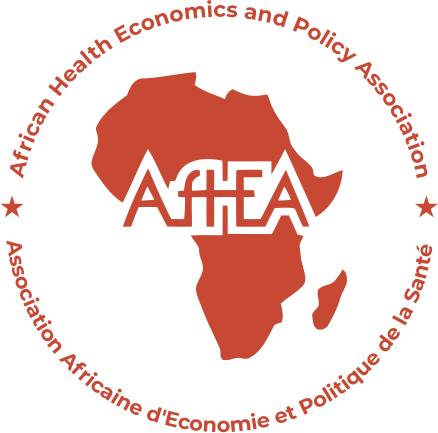Pattern of outpatient utilisation and cost for patients under the Universal Coverage
| Title | Pattern of outpatient utilisation and cost for patients under the Universal Coverage |
| Year | 2014 |
| Author | K. Sumputtanon, N. Upakdee, P. Phanthunane and S. Pannarunothai |
| DOI | |
| URL | http://www.biomedcentral.com/1471-2458/14/S1/P9 |
| Journal | BMC Public Health |
| Document Type | Journal Article |
| Document Availability | Full Text |
| Classification | Other complementary UHC initiatives |
| Abstract | Universal Coverage (UC) is a public health insurance scheme covered approximately 48.3 million of Thai population (74.3% of total) in 2011. This study aimed to categorise pattern of outpatient utilisation and examine the relationship between an annual cost of outpatient service and pattern of utilisation. Materials and methods: Outpatient data from the National Health Security Office in 2011 were analysed, 4 provinces were picked to represent the pattern of service utilisation. The selection criteria emphasised on 1) availability of various types of hospitals in the province (health promoting, community, general/regional, university hospital; and others), and 2) the maximum utilisation rate of people in the province. Descriptive statistical analysis was employed to calculate annual utilisation. One-way analysis of variance was used to calculate the association between the annual costs per person and the pattern of service utilisation (whether rural or urban or both; and the type of hospital). Results: Most common single users were at the health promoting hospitals (26.2%-32.3%), followed by community hospitals (17.6%-22.6%) and general/regional hospitals (2.8%-13.9%). For two-service-type users, the most common was the combination of health promoting hospitals and community hospitals (14.1%-23.5%), followed by health promoting and general/regional hospitals (2.3%-7.4%), and community hospitals and general /regional hospitals (1.5%-3.8%). For three-service-type users, most occurred at health promoting, community and general/regional hospitals (2.0%-5.0%). The other patterns were less than 1.0%. All four provinces had a similar pattern of urban (42.8%-52.0%), urban and rural (24.4%-29.8%), and rural only (19.6%-27.9%). Costs per patient per year were significantly different between those using hospital combination and geographical area. Homogeneous subsets test suggested seven utilization patterns. Conclusions: Different pattern of outpatient utilisation should be taken into account for policy formulation of capitation payment and allocation criteria. |
